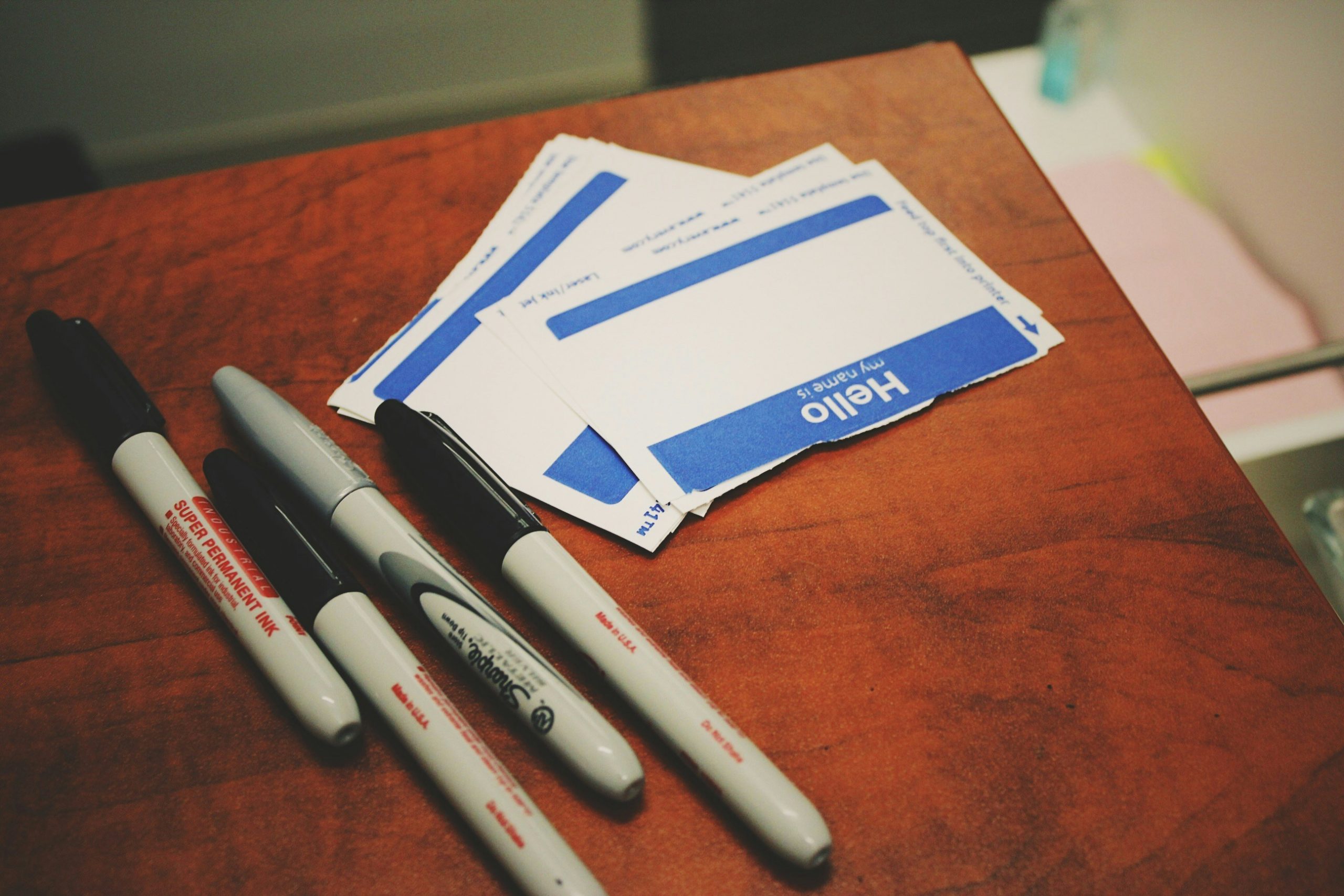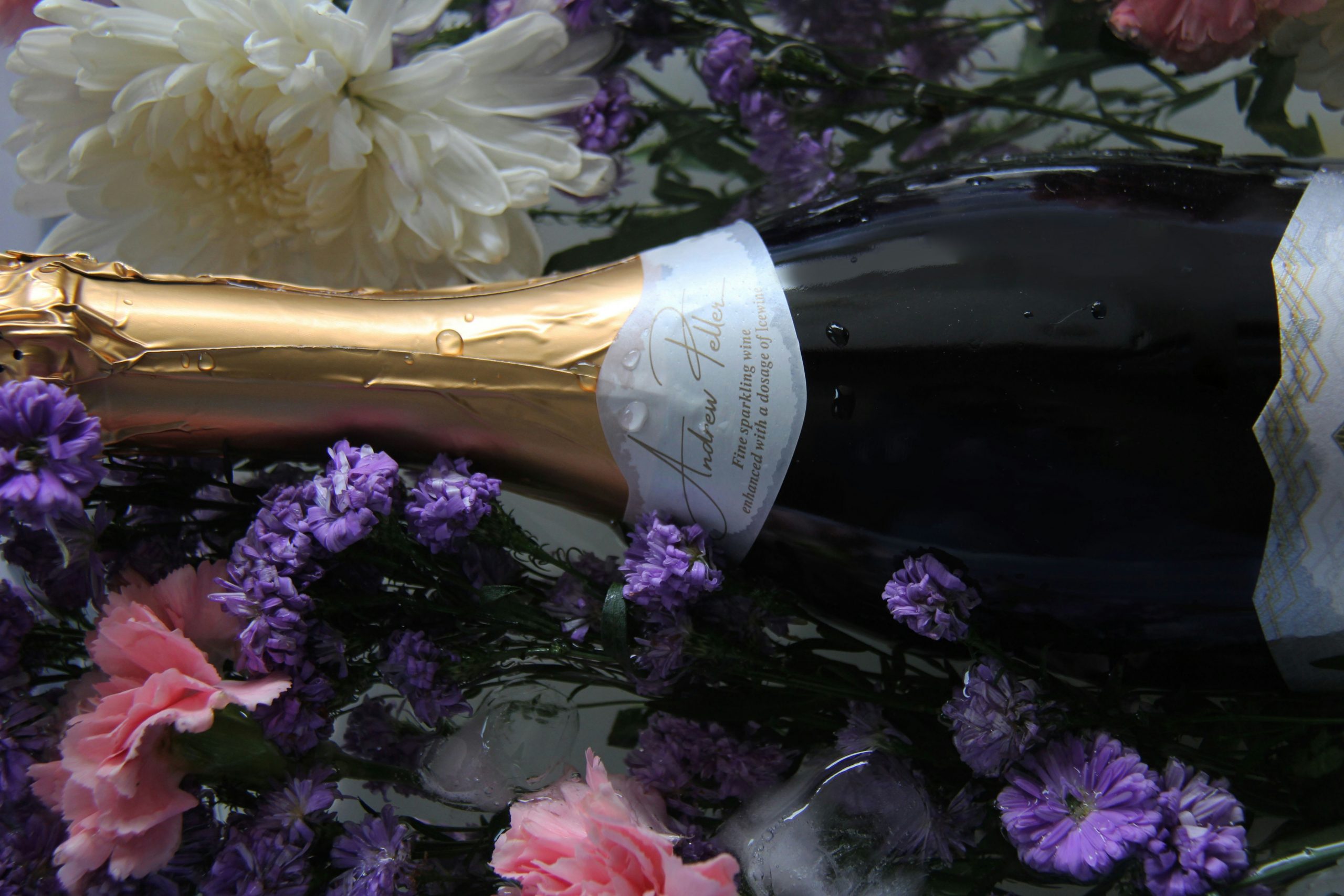
Note: my good friend Joan Eisenstodt had asked for people to share our experiences as first-time attendees for her Fridays With Joan column for Meetings Today. I realized that some of my blog readers might not regularly read that column and that my story might be useful to you all, too, so here it is:
My first time at any association industry event was 17 years ago, at ASAE’s old m&t conference. I’d only been in the profession for a few years, and I didn’t know anyone outside the confines of my own association employer and the staff members of our three “sister” associations.
The conference was in town (I live in DC), and being my first one, I didn’t realize that I should clear my evening schedule for the receptions and parties that would take place in conjunction with the event.
So I went to sessions, sat in the back of the room all by myself, didn’t really talk to anyone, and scurried off at the end of the educational program each day to keep my evening commitments. In short, I was the attendee with no friends.
I did learn a lot, but I kind of missed the point of an in-person event: I didn’t expand my network at all.
I didn’t attend another large association conference for another two years. Back to m&t, and I still didn’t really know anyone outside my (still the same) employer and (still the same) “sister” associations.
But I’d learned two key things in the interim: one, keep my evenings free, and two, I was going to have to make the first move. Associations weren’t yet paying a lot of attention to the newbie experience, so I knew it was on me to create a better outcome, and I did.
This time, I pushed myself outside my comfort zone to look for the other person in each room who didn’t seem to have any friends, go over to her, and ask her a question about herself, which is the easiest way for introverts to get conversations with strangers going. That was the start of building the professional network that has sustained me for the past twenty years, through multiple job changes and launching Spark more than five years ago.
Joan asked the follow up question: “What do you think is the best way to not be lonely at a conference and/or what do you think conference organizers can do to lessen loneliness at conferences, especially for people who are new to an organization or company?”
My answer: “My favorite thing – when it works – is the ‘conference buddy/mentor’ idea. You have to match people up in advance and encourage them to communicate before the event, and then hold some sort of a meet up for your pairs right at the beginning of the event – the one I think works best is a pre-opening reception gathering, where the pairs can meet in person and the mentor is trained/instructed beforehand that her job is to bring the newbie with her into the opening reception with her and spend at least the first 30-60 minutes introducing the newbie to others.”
What have your experiences been when you’ve been a first-timer at an event? What has worked well for you in trying to find your niche? What has your association tried to help your first-timers fit in? What has – and hasn’t – worked well for you? Why?



